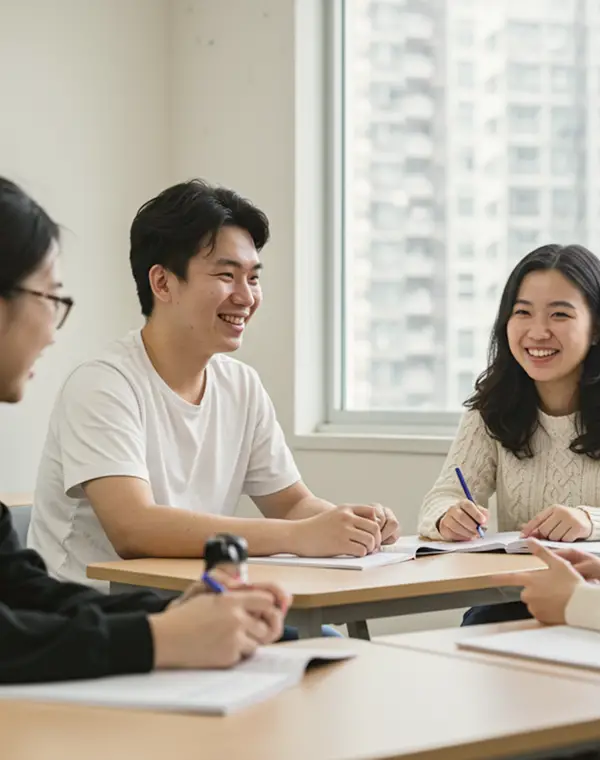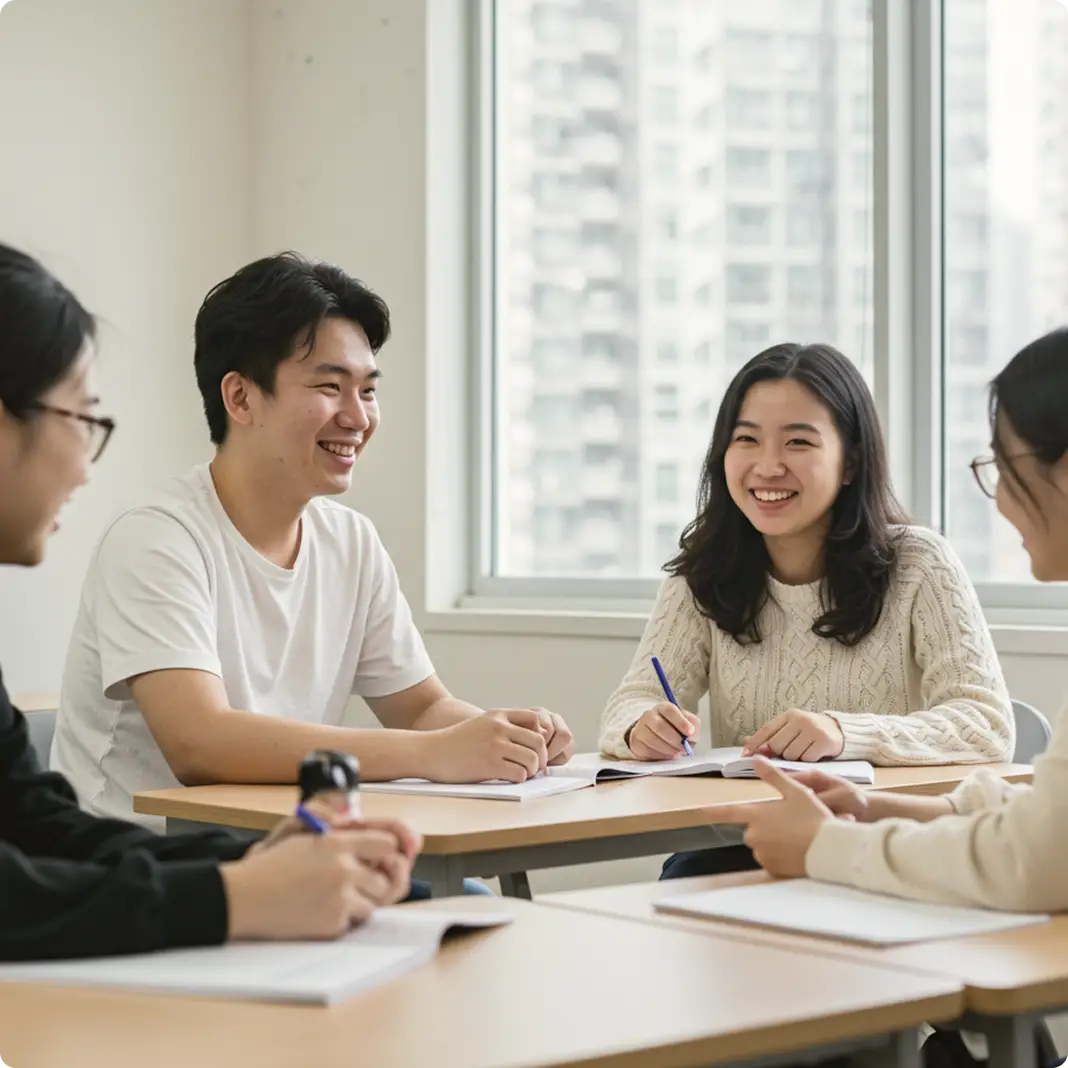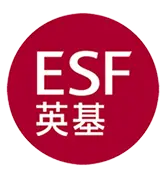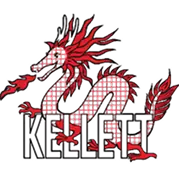Studia will be closed for Christmas and NYE.


Studia is where structured learning meets personalised support, building your confidence for a future full of opportunities.


About Studia
About Studia
Academic Services

A structured program with a fixed schedule. Ideal for students who need a clear, fast-tracked path to IGCSE, A-Level, and IB success with a small focused group.

Get expert guidance with one-to-one or small group tutoring for IGCSE, IBDP, and A-Levels. Our tutors provide tailored support to help students achieve their goals.

Dive into our extensive collection of IGCSE and IBDP resources, designed to enhance your learning experience. Access past papers and revision notes to aid your studies.








Consulting Services
We go beyond subject mastery. From planning your curriculum to university applications, we help you make your best future decisions.
Expert support for choosing subjects and building a strong academic plan.
Guidance on IB subject selection and managing your study path effectively.
Tailored advice to align study choices with university goals and applications.
The tutors are professional and engaging. They are extremely organized and dedicated to help the kids to achieve their goals. I would highly recommend them to any parents.
Studia Community
Awards and Publication
We’re proud to be recognised by leading institutions for our academic quality, student support, and innovative learning.
Tickikids HongKong • 2025

Have questions or need guidance? Contact us to learn more about our programs, services, and how we can support your academic journey.